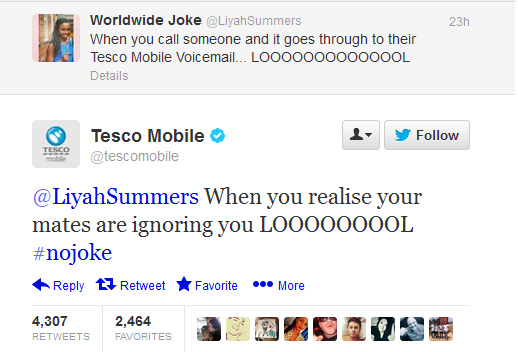There’s no doubt that the digital realm is becoming increasingly influential in our everyday lives. More people are interacting with brands and purchasing products and services online that ever before, and innovation is key to keeping up with the spiralling expectations of the modern consumer.
Omni-channel customer service provides retailers with a single customer overview, by introducing the ability to integrate shopping data with behavioural profiling for more targeted marketing. In turn, this can facilitate brand communication to integrate the best of both online and offline channels for a more convenient shopping experience.
Revolutionising the In-Store Experience
Though online retailing has boomed in recent years, the fact is that people still like to visit the high street. In fact, in 2012, UK consumers spent a grand total of £311bn, with a massive 90% in in-store transactions. However, with the vast increase in online information, buying channels and price comparison tools, competition in this already aggressive landscape is stiff. Brands must be in a position to identify and respond to the real-time needs of their customer to offer the best possible experience and inspire brand loyalty.
Additionally, with consumers increasingly logging their every move via channels like Foursquare and Facebook, smart businesses should be proactive in using this to their advantage. Not only do these check-ins log reviews and experiences, but they indicate where these people hang out, who with, and when, paving the way for businesses to offer targeted coupons, sales alerts and event reminders.
The Minority-Report Effect
Personalisation is becoming more and more important to consumers. In fact, recent research found that almost 50% of people would like to receive personalised offers and bespoke promotions. In addition, 33% were interested in personal advertising, 62% indicated they want faster and improved purchase possibilities through the use of personal data, and a massive 81% were willing to grant access to data to help cut waiting times.
Using information gleaned from the various touch points of an omni-channel solution, targeted marketing is facilitated as brands can prepare and release marketing material tailored to certain consumer demographics.
Mobile Commerce
With mobile enterprise apps set to grow 500% by 2014, smartphone technology has the potential to create a new frontier in customer service.
Mobile customer service applications can glean a wealth of highly beneficial information from consumers, facilitating targeted marketing, cross-selling, push-messaging and real-time customer feedback.
These days, consumer behaviour is increasingly governed by their choice of which brand they want to interact with online via peer-to-peer social networking. This enables brands to gauge what their customers like and engage with, offering a vast amount of commercial potential.
Implemented properly, social media engagement empowers brands to trigger sales by using rich customer information to facilitate highly targeted marketing campaigns. By integrating a dedicated social media strategy to monitor where they’re being talked about, brands can proactively respond to queries and comments and start to build new relationships.
A prime example of this in action is the recent Tesco Mobile #nojoke campaign, which really took off when they responded to one doubter with a light-hearted message, attracting over 4,000 re-tweets.

Omni-channel engagement serves to streamline the customer shopping experience no matter wherever, whenever or however they choose to interact with a chosen brand. In turn, this allows brands and retailers to strongly differentiate their proposition against online-only competitors.
Omni-channel software specialists are increasingly aiding a number of retailers to integrate their retail outlets into a multi-channel experience. And so, text and reserve, in-store electronic catalogues, mobile shopping apps and online click and collect services provide the consumer with multiple ways to connect.
From a retailer perspective, all this can be managed by software that ‘overlays’ their existing systems, enabling new facilities to be added without reinventing the wheel, whilst consumers can conveniently shop with their brands and channels of choice. Through an integrated communications platform, brands are able to engage as a single, unified persona, which in turn allows them to build a more meaningful relationship with the consumer.






